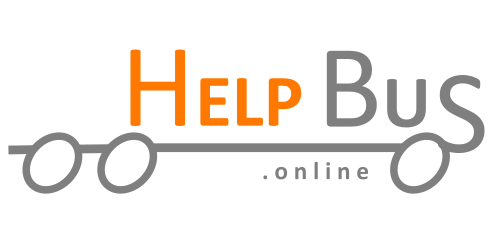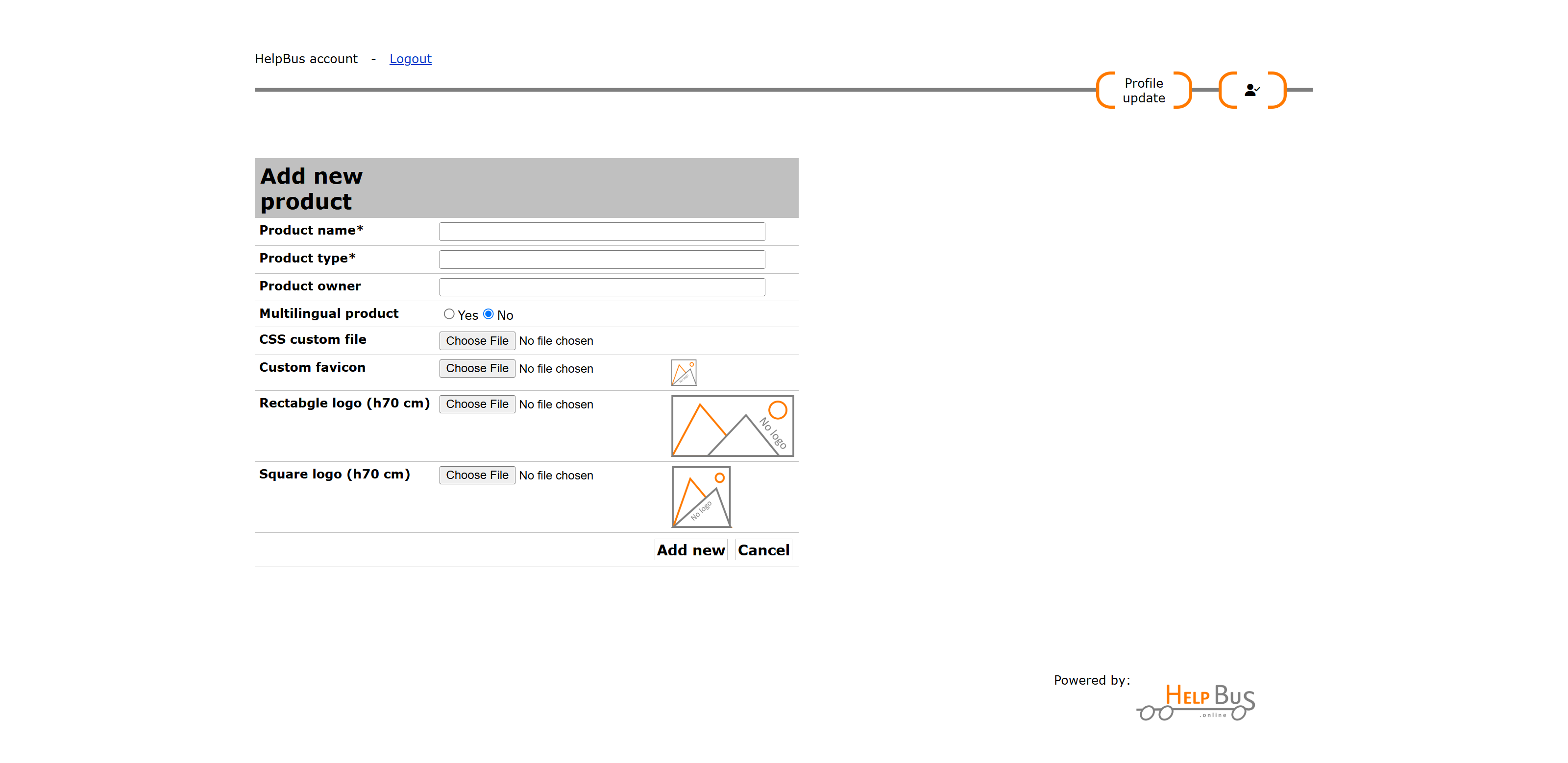Documentation languages
Localized content ready
Define new product
Add new topics
Editors team
Metadata
Let us first understand the structure of knowledge in HelpBus.online. Level 1: Products Set the general outlines for your product documentation (where product is also referring to services, software applications …etc). A product documentation can cover one or multiple versions of your product, if these versions share the same documentation. Multiple versions of documentation can be managed with no need to setup different products. Level 2: Topics For each product topics can be added. They are like chapters in the product documentation. Topics are displayed in the documentation content and one web page is generated for each topic. The topic pages are then to be filled with topic content including headlines, paragraphs, different types of special pre-defined sections and even errata/updates to your documentation. (see the related chapter for different types of topic content). Questions, Features requests and Answers At the general level of topics and on the level of topic content users can ask questions or submit requests for new features. Answers can be provided by you or by other users. Users can answer to their own challenges. A mechanism is in place to highlight the content that is consistent and relevant.
You might desire to publish your product/service documentation in different languages. Two different options are available in such case: 1. Manage your product/service documentation in silos, one for each language That becomes efficient when you have different editorial/translations teams and/or a verry complex documentation. In such scenario we recommend you to manage documentation you have different languages as separate HelpBus.online products for each language. 2. Manage your product/service documentation as one, even if you will make it available for your clients in different languages That is the most common scenario where you will define one product in HelpBus.online and different topics for each language of your product/service documentation. When defining your product in HelpBus.online make sure you select Multilingual option so the name of the language is displayed in front of each topic.
The platform is ready to support your content in languages that are sharing the latin characters. For other characters please contact us. Also, the content you upload in different languages will be complemented by HelpBus.online in such way your client will see everything in his/her language of choice.
From your account choose "Add new product" option at the bottom of the page (look after + icon). Then you will be required to add some product details. It is important to fill inn the two compulsory fields: product name and product type (eg. web platform, garden tool ... so on) The product type is usually a category your product fit in your organization portfolio. The rest of the details can remain as they are. You will be able to edit all of the fields later, at any time.
Product name* - stands for the name of your product/service. Use the commercial name in order to be easy for clients to identify the product. (code/version of the product can also be added here); Product type* - a category from products portfolio. When having a consistent product portfolio, it helps clients to navigate with ease; Product owner - the name of the product/service owner company. The information is used mainly for Metadata. Multilingual product - click Yes if you are going to set different topics for each language of the product/service documentation. The title of the language will be displayed in front for each Topic; CSS custom file - Upload your CCS custom file to make your documentation fit with your brand requirements. You have available the standard CCS file that you can download an customize; Custom favicon - upload the favicon for your brand. The favicon appears in the browser tab. If not, a standard favicon will be displayed; Rectangle logo (h70 cm) - Upload a rectangle logo 70 x 140 cm. If not, a standard “no-logo” will be displayed; Square logo (h70 cm) - Upload a rectangle logo 70 x 70 cm. If not, a standard “no-logo” will be displayed; Hello phrase - Hello phrase is generated automatically by our server and help's you integrate Helpbus.online with your application. Users coming directly from your application or from your website will be automatically signed-in/logged-in.
One product documentation can have one Master Editor and one or more Editors. There is no difference between the rights of the Master Editor and the rights of the rest of the editors. The Master Editor role has been created in order to make sure the product documentation has at least one editor. Master Editors can be changed. Editors can be added or removed. In order to add a person as Editor he/she must be registered as user of the platform. When the Editor is removed his/her account will still remain valid but will not have the possibility to edit any longer the product documentation. After removed an Editor can be added again, at any time, later on.
The following protocols are implemented and related content is automatically generated: The Open Graph protocol - see https://ogp.me/ Schema structured data - see https://schema.org/ Sitemaps - see https://www.sitemaps.org/ Tools to test your pages Schema.org - https://validator.schema.org/ Google Schema Markup Testing Tool - https://search.google.com/test/rich-results
| Powered by: |  |
Accesați pagina web www.HelpBus.online și căutați cea mai recentă versiune a acestui document,
sau faceți clic pe linkul de mai jos dacă citiți acest text pe un dispozitiv electronic:
Follow Me on HelpBus.online
HelpBus / StartUp with your product/service documentation
You might desire to publish your product/service documentation in different languages. Two different options are available in such case: 1. Manage your product/service documentation in silos, one for each language That becomes efficient when you have different editorial/translations teams and/or a verry complex documentation. In such scenario we recommend you to manage documentation you have different languages as separate HelpBus.online products for each language. 2. Manage your product/service documentation as one, even if you will make it available for your clients in different languages That is the most common scenario where you will define one product in HelpBus.online and different topics for each language of your product/service documentation. When defining your product in HelpBus.online make sure you select Multilingual option so the name of the language is displayed in front of each topic.
| 0 0 |
